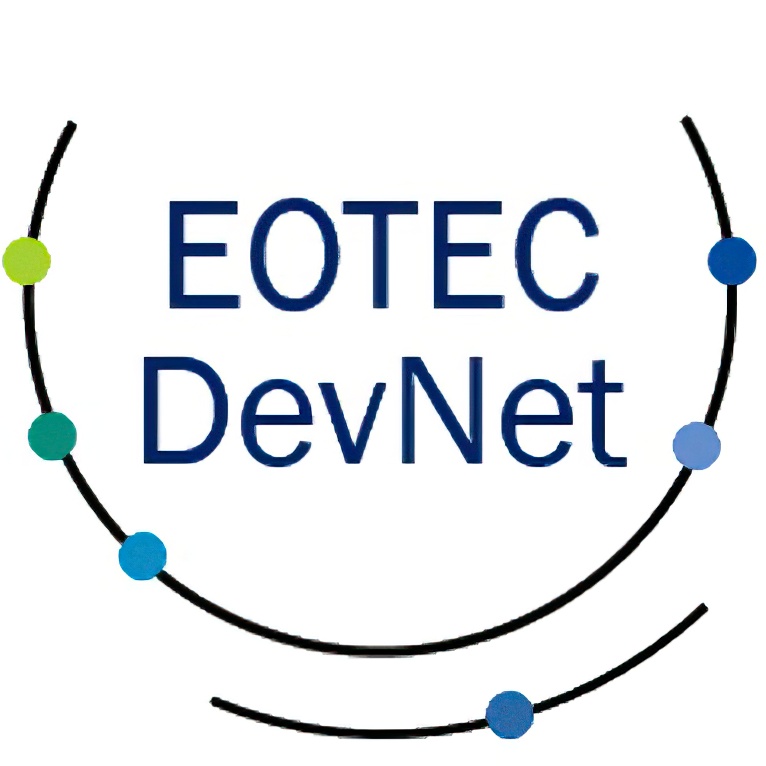Co-Creation
Co-creation is a collaborative, structured process where multiple stakeholders work together to design, implement, and refine solutions. Collaborators might include governments, civil society, the private sector, and communities. This time-limited process focuses participants on achieving a shared goal. Co-creation seeks to tailor solutions to local needs and encourage stakeholders to take ownership of the solution.
Consultative Workshops
Workshops bring stakeholders together in a participatory setting to share skills, knowledge, and experiences. Through discussion, participants can share diverse experiences and collectively assess capacities, gaps, and priorities. This method can help stakeholder engagement and buy-in. The main challenge is ensuring that all relevant stakeholders are represented in the process.
Desk Review
A desk review is a research method where existing information (e.g. reports, studies, data) is collected, reviewed, and analyzed. This method involves gathering and synthesizing secondary data rather than conducting new, primary research. Desk reviews are often used to assess what is already known, identify gaps in knowledge, and inform the design of further research or decision-making processes.
Focus Groups
A focus group is a qualitative research method where a small group of people, representing a specific target audience, participate in moderated discussion. A trained moderator guides the discussion using a structured instrument but allows the participants to drive the discussion toward new ideas and insights. This method helps researchers understand people’s behaviors, attitudes, and experiences.
Gap Analysis
A gap analysis compares the current state of a system, process, or capability to its desired state. This helps analysts pinpoint areas needing improvement and/or strategic changes in technical, administrative, or policy areas. Surveys and interviews often assess both the initial and target states. The primary goal of gap analysis is solution development. The main challenges are 1) clearly defining what to assess and 2) ensuring that solutions are practical and achievable.
Key Informant Interviews
Living Labs
Living labs are real-world environments where stakeholders collaboratively develop, test, and refine solutions through hands-on, place-based experimentation. In the context of a needs assessment, they help surface local priorities and create space to explore possible interventions. This approach centers on lived experience, encouraging stakeholder ownership and iterative learning.
Pilot Exercises
A pilot exercise is a small-scale implementation of a project – conducted in a real-world setting – to test functionality and assess impact. Actively involving stakeholders and end-users in the design and testing phases, these exercises can help identify and address capacity needs. Their aim is to ensure that the final, larger project is user-centric, practical, and effective. The Paris Committee on Capacity-building (PCCB) conducted a national-level pilot exercise to identify gaps in countries’ ability to meet their climate goals. This exercise engaged stakeholders from multiple countries in gathering information and developing targeted capacity-building strategies.
Societal Benefit Areas studies
A Societal Benefit Areas study assesses capabilities within specific domains of science, technology, or policy to identify technology gaps and unmet needs. Commonly used in the context of Earth observation, environmental monitoring, and sustainable development, they seek to identify opportunities to deliver benefits to society by enhancing tools, expanding access to data, or strengthening institutional capacity. Because an SBA study requires detailed analysis and information-gathering, the process can be complex and time-consuming.
Surveys/Questionnaires
Surveys and questionnaires can be used to understand user needs as well as barriers and challenges. They may include qualitative questions, but tend to feature quantitative questions, which are easier to analyze when there is a large number of respondents. The assessment usually starts with a section to gather details on the user followed by questions on the users’ needs and experiences. This method may be helpful when trying to reach respondents outside of an established network.
Technical Advisory Missions
Technical Advisory Missions (TAMs) are 1-week missions conducted by UN-SPIDER to understand a country’s capacities, uses, and needs for space-based information. They are requested by a national government and conducted with in-country partners and international experts. They evaluate capabilities, policies, gaps, and requirements. The outcome is a set of tailored recommendations to address the country’s needs for space-based information. TAMs sometimes include stakeholder workshops.
Technology Needs Assessment
A Technology Needs Assessment (TNA) is a process to find the best technologies to help reduce the effects of climate change and adapt to its impacts. Used by the UN Environmental Program, the process is participatory, with a designated national institution leading the effort. It progresses through several stages, including selection of priority sectors and technologies, a Barrier Analysis and Enabling Framework (BAEF) Report to identify challenges and solutions, and a Technology Action Plan with goals, timelines, and required investments.
User Consultation Platforms
A User Consultation Platform (UCP) is a periodic forum to systematically review, assess, and validate user needs and requirements. It can involve in-person and online events, where users share feedback, as well as written submissions. Participants might include end users, user associations, manufacturers, developers, and organizations. The European Union Agency for the Space Programme (EUSPA) conducts a UCP annually to gather input from its market segments, using its market reports as a guide.
Need more info? Here are more resources…
Learn more by reviewing the NOAA Needs Assessment quick guides.
